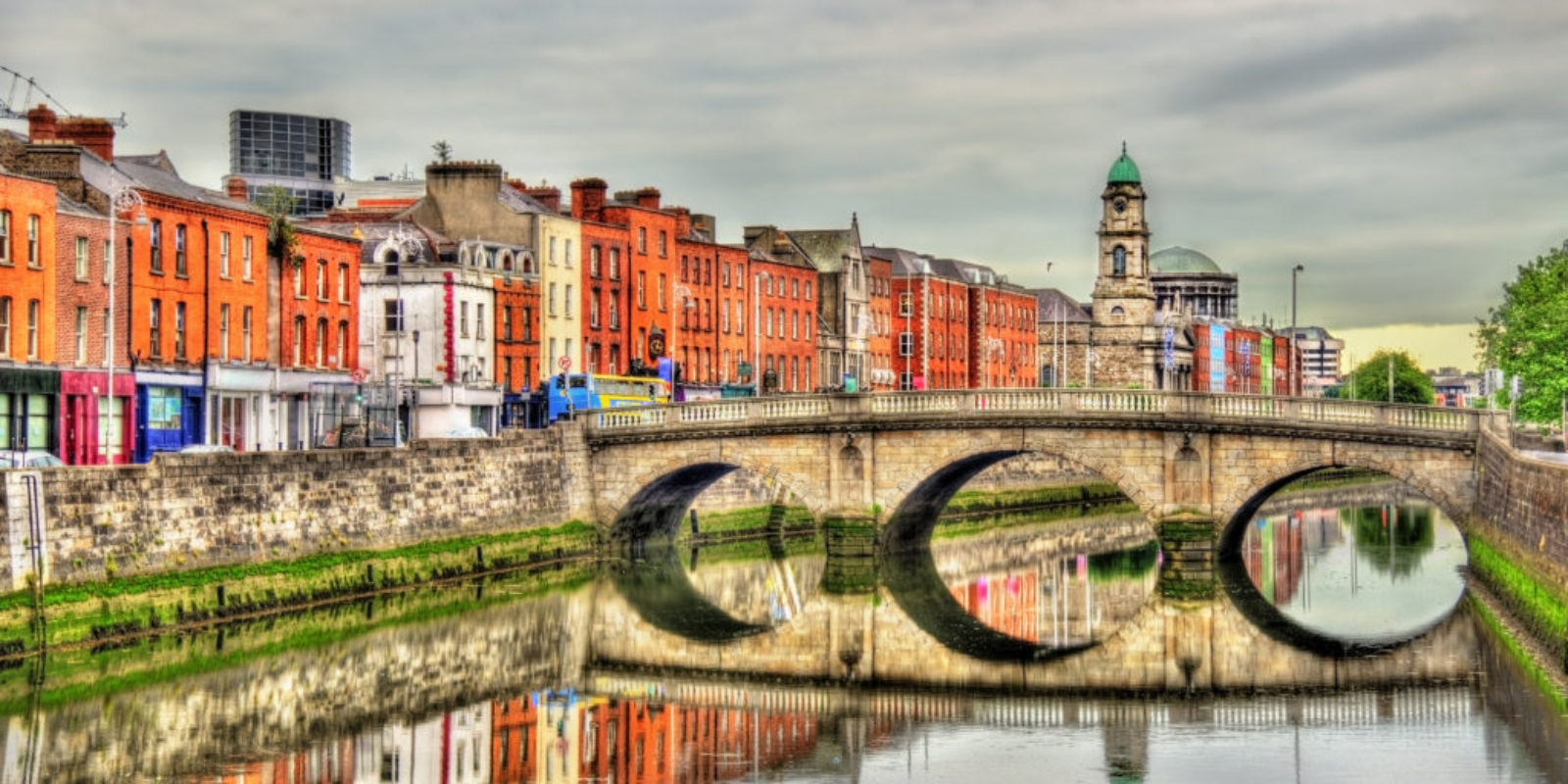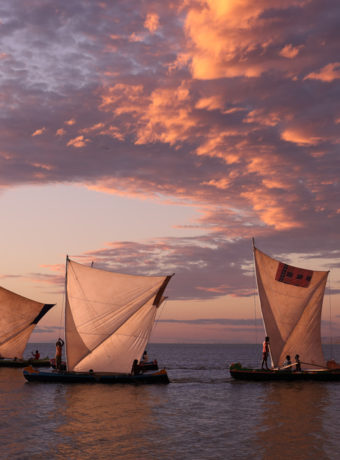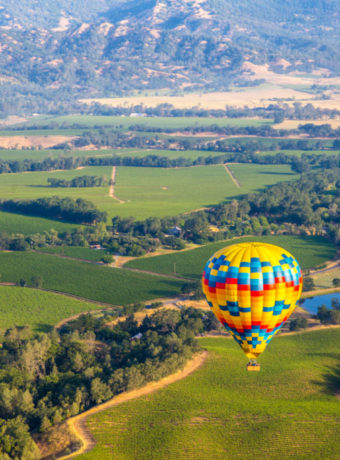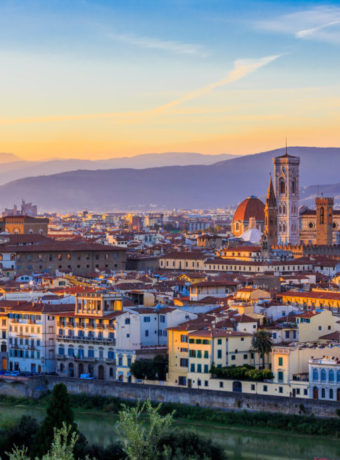There are few cities in the world that create as much fervour as Dublin, Ireland. This wildly exciting city is home to the famous Guinness brewery, an ancient university, and world class shopping and dining. With talking statues and a lively waterfront, the famous Irish craic is alive well in this beautiful Georgian city.
Dublin, Ireland
Dublin, Ireland was founded as a Viking settlement in approximately 988AD. It remained a Viking stronghold until the Norman invasion of 1169. The city prospered as a trade settlement for centuries. In the 16th century, England incorporated part of the city as the Pale, a thin strip of settlement along Ireland’s Eastern seaboard. Queen Elizabeth I strived to make Dublin a Protestant city; she founded Trinity College in 1592.

With it’s powerful Norman castle right on the River Liffey, Dublin was the fortified seat of British rule until the 20th century. As the city expanded in the 18th century, it became the second largest city of the British Empire. The majority of the city was rebuilt at this time too; only Temple Bar and Grafton Street retain their medieval character. The famous, beautiful, Georgian architecture date from this time period.
In the 19th and 20th century, the city declined in proportion to Belfast’s rise as the shipbuilding capital. Dublin, Ireland remained the administrative seat but played no role in the swift rise of international trade. The 1916 Easter Rising, which killed 485 people, was a retaliation on the British rule and led to Irish independence.
From the 1970s into the late 1990s, Dublin, Ireland fell victim to some of the Northern Ireland Troubles. While much of this guerrilla civil war remained in Northern Ireland, Loyalists bombed Dublin in 1974, killing 34 people.
Attractions in Dublin, Ireland
Dublin is great in the summer, when the greens are full of people and the sun shines on the cobblestone streets of Temple Bar. However, it’s a great year round city since there are plenty of museums and indoor sites to take the chill out of the air *cough Guinness brewery cough*.

Did you know? The Molly Malone statue in Grafton Street is (lovingly?) referred to by Dubliners as the “tart with a cart,” or the “dish with the fish.” #irishhumour
Lonely Planet describes Dublin as having a mix of “heritage and hedonism.” Well, I have to say I concur… A day out in Dublin will highlight the strong heritage of the city. And a night out in Grafton Street will surely convince you that there’s plenty of hedonism alive here!

Among the many museums in Dublin are the national galleries, the Chester Beatty Library, and the Trinity College Old Library. This last one is where the Book of Kells is. You’ve probably seen pictures of this stunning library; three stories, chock full of ancient manuscripts, a heaven for book lovers… The Book of Kells is an illuminated manuscript believed to have been created in 800AD. It has the four books of the Gospel alongside beautifully illustrated pages. The library showcases two volumes at a time, although the entire manuscript can be viewed online if you want!

Most people head to Dublin for one thing, and one thing only: Guinness. The Guinness Storehouse and Brewery, on Dublin’s east side, is the definitive heritage-meets-hedonism. The museum tour begins with a walk through St. James Gate and the brewing process, winds through the history of Guinness (and its marketing genius), and ends at the top of the building, in a bar overlooking the city. (Photo above is me with my friend Mandy and her mom circa 2008…)

Getting out of the city
While Dublin, Ireland was the political stronghold, Dun Laoghaire was the port town. Today, Dun Laoghiare (pronounced “Dunleary”)is a popular seaside suburb of Dublin. For locals, this is a good place to get out to enjoy a day by the water without going too far. For visitors, it’s a great stopover on your way to Cork, or even a good place to go for lunch. There are over 200 restaurants, pubs, and cafes within the city centre… or a ten minute walk! And since this is Ireland, you can guarantee that the fish n chips or seafood chowder is on point.

Another excellent day trip is the ancient Newgrange. This Neolithic passage tomb, which marks the solstice, is one of the best preserved ancient sites in the world. It’s also one of the oldest sites in the world. It was built in 3,200 BCE, or 5,000 years ago – older than the Pyramids at Giza, Stonehenge, and even Skara Brae.
Finally, if the trip to Ireland has left you speechless, you’re best off stopping at Blarney Castle. The medieval stronghold dates only to the 15th century. There were older fortifications at the site, although none exist today. Among the interesting sites at the castle are the poison gardens, which grow wolfsbane, mandrake, opium, ricin, and cannabis, the witch’s cave and druid’s garden, and the popular Blarney Stone. Said to gift any kisser with the gift of gab (or eloquence, depending on who you speak to), it’s a must-visit for anyone who’s left without words after a trip to Ireland.
**




